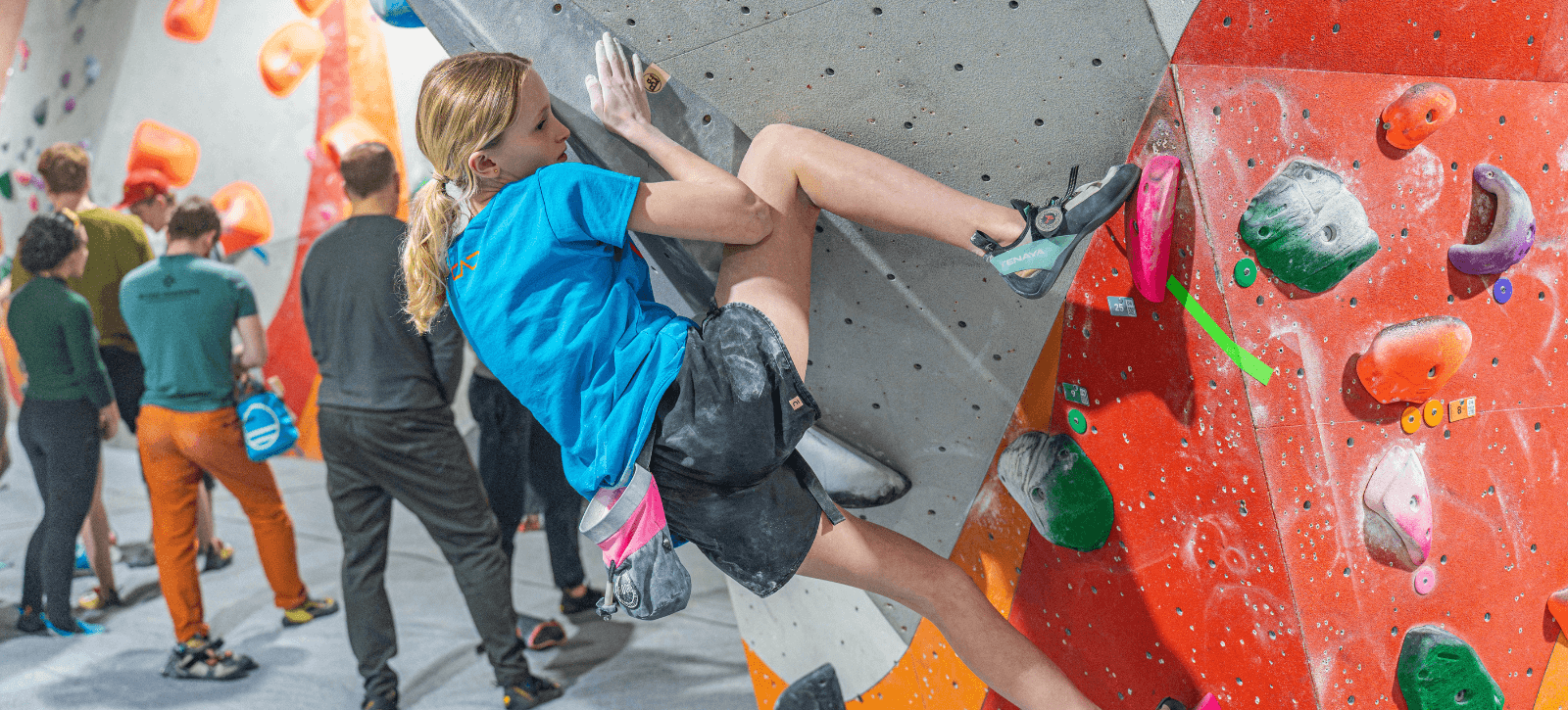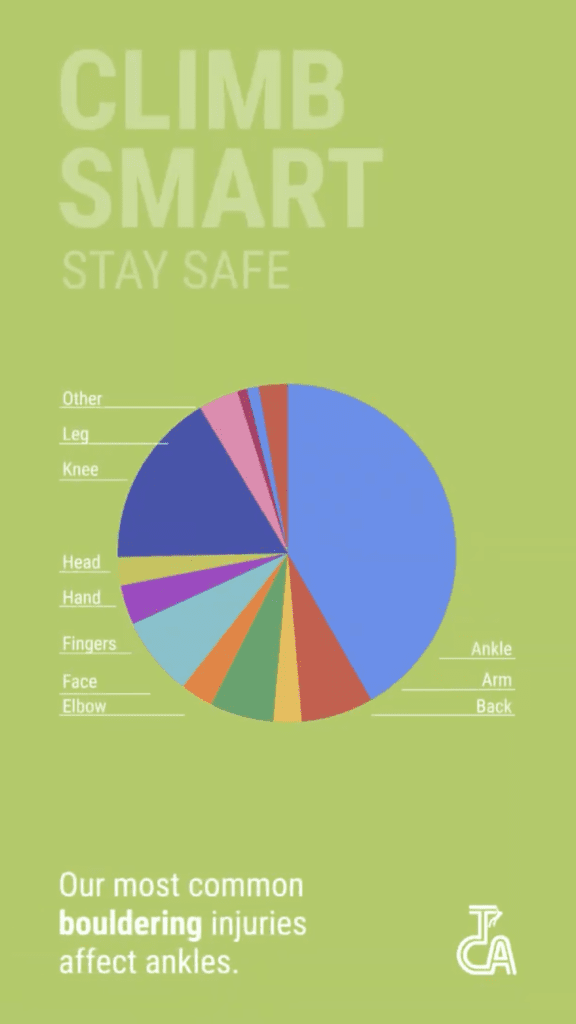30.04.24
Accident stats
You may have spotted our accident stat reel on the digi screens in centres. This has prompted some discussion, which is good. At TCA we firmly believe in transparency, so as well as sharing the stats, we wanted to answer a few questions that came back to us.
What are your aims?
The aim of sharing TCA accident stats is to increase awareness of accidents in centres. Just like the interview we did with Sam after her auto belay fall. The more people have a realistic understanding that accidents can and do happen – and what they entail – the more likely we hope it is, that they will back off risky moves that might result in an injury for them or others around them.
What do you hope will be the outcome?
The outcome we hope is safer centres.
Some people have not developed a strong enough awareness of accidents, many feel somewhat infallible, until it happens. It is our responsibility to communicate the realistic dangers of climbing. It is not enough to just get new climbers to sign a form once on their first visit or have the warning written on a static sign, which over time may become invisible. It’s important that climbers are reminded about the dangers.
Don’t let that put you off climbing
One of the stats we have shared is that roughly 1 in 2000 visits results in an accident and most of these are minor. Huge numbers safely enjoy climbing in the UK each year. Just use this knowledge to make informed decisions.
Why have you singled out women?
The stat that has drawn the most attention is the fact that women are statistically more at risk. This doesn’t mean that women are more dangerous climbers. It may mean that they are reporting accidents more often.
So what can you do?
We want every climber to report accidents no matter how minor. It helps us to monitor risk and share accident scenarios with colleagues across all 5 centres – so that we can determine if there is anything TCA could do to help future climbers avoid having the same type of accident.
At first glance this statistical fact may seem strange. One factor to bear in mind is that women are more likely to suffer from joint hyper-mobility compared to men. Joint hyper-mobility, often due to differences in connective tissue, can be more prevalent in women due to the influence of hormones like oestrogen, which affects the laxity of ligaments. This condition is not uncommon and can vary in severity, sometimes contributing to joint instability and an increased risk of dislocations. There are studies that show that this is more pronounced during menstruation. So people with periods may be more prone to dislocations.
Inclusive climbing
Only data pertaining to men and women (as reported in our till system RGP) have enough statistical significance to report trends. There is not yet enough data to report trends for those who identify as neither men nor women.
We want all climbers to feel welcome and safe in our centres. Knowledge is power. Stay safe!
What next?
If you would like to get some top climbing tips to give you more confidence when climbing we offer Movement and Technique courses. You can also book personal coaching or why not go to one of our social climbing clubs. We run Women's Night in Glasgow and have Queer socials a couple of times each month (alternately with an instructor). Visit the adults page of The Mothership for more about the Queer social, Colour Up, Refugees Rock, Paraclimbing social and the Circular Climbing Collective in Bristol. Or speak to staff in centres who will be happy to help.




